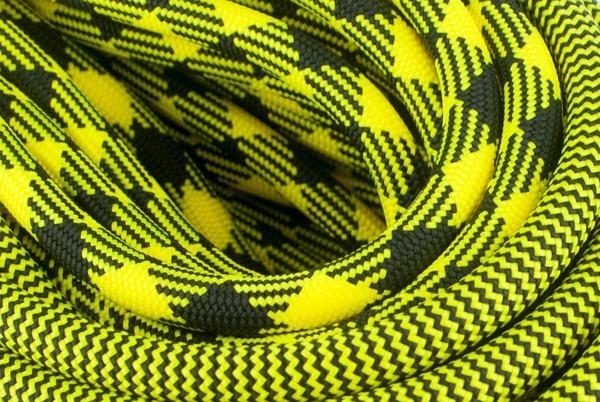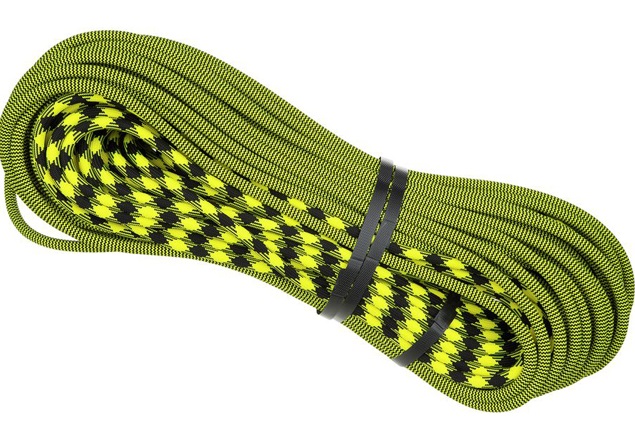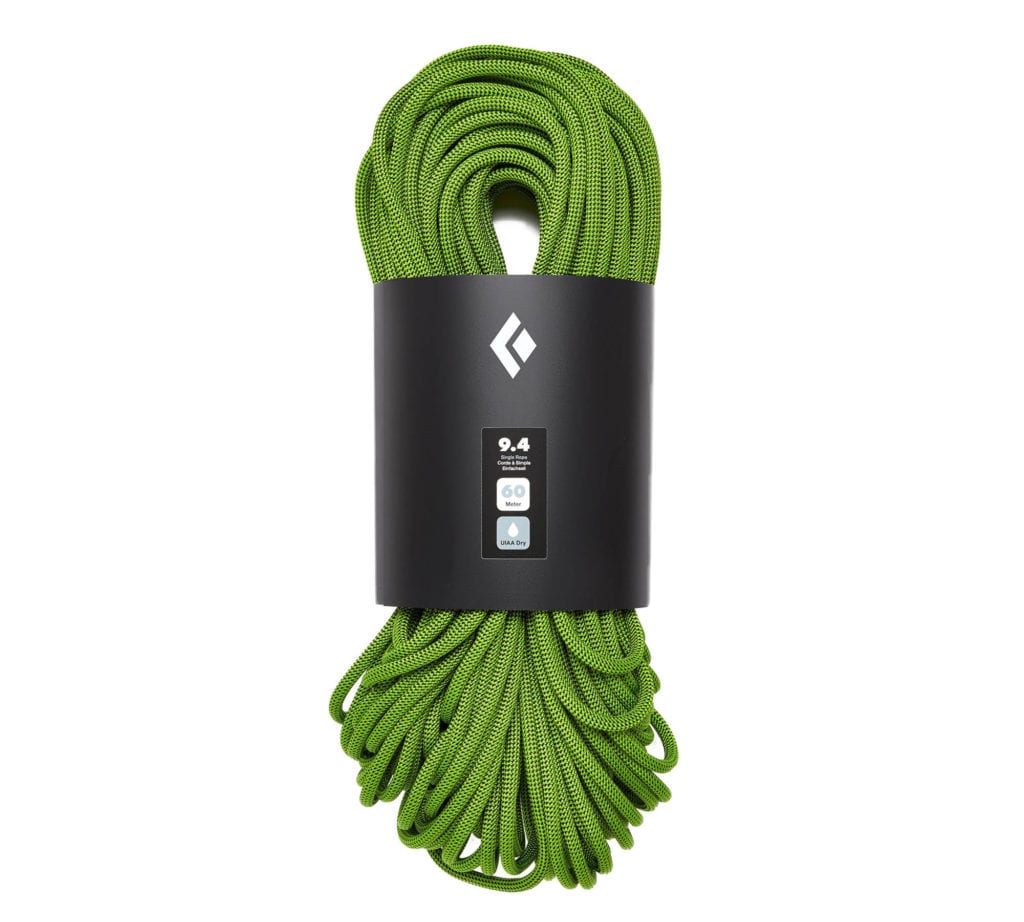How to Choose Your First Outdoor Climbing Rope
And two that you should consider when heading out

As American gear writer Clyde Soles once said, knowing you can only fall up to a speed of 249 kilometres per hour is not very re-assuring. Your main defense against the consequences of gravitational pull is your rope, but purchasing your first climbing rope can be a bewildering process. There are ropes specially designed for all kinds of climbers, from ice climbers and big wallers to hard sport climbers. The statistics that tell you how the rope performs can also be opaque if you don’t understand what they are trying to communicate.
Some of the most important stats on a rope are safety ratings, including Maximum Impact Force, which is how much energy the rope transfers to your body in a fall, and the number of UIAA test-falls it sustains before breaking. You can read the whole document, https://sterlingrope.com/images/downloads/UIAA_101_7_ropes_may_2016.pdf Falls here. Any rope can be put in a situation where it fails, but commercially available climbing ropes have passed the standards for dynamic climbing rope set by the UIAA.
For most climbers, their first rope should be a workhorse at the thicker end of the spectrum (nowadays, up to 9.9 mm). Avoid skinnier, lighter ropes that are less forgiving of abrasion and stretch more while top-roping. Weight is less of a factor than durability at this point in your climbing career. Dry treatments help prevent the rope from absorbing water, and reduce friction on carabiners a little, but unless you are planning on ice climbing, you needn’t purchase a dry rope with advanced treatment.
Length is a factor as well. Most modern climbers use a rope that is between 60 and 70 metres-long in the outdoors. The extra length of a 70-metre rope can come in handy for top-roping and longer sport routes where you have to lower back to the ground. At many crags, routes are now developed to 80-metre ropes. For many areas, however, a 60-metre rope is sufficient.
Static stretch tends to be higher in thinner ropes. If you want to top-rope, less static stretch is better, since you don’t want to fall any further than necessary. Most modern dynamic climbing ropes tend to have a nice, fairly soft hand that knots well.
Here are two ropes to consider when choosing your first rope:
Maxim Pinnacle 9.5 mm x 60m

This rope has a nice hand and feels like a lighter rope than it is, given its beefy diameter. It has a dry core treatment to help keep it lighter when wet. The low average static stretch rate makes it a solid choice for top-roping.
This line’s sheath stood up well to a heavy-abrasion season of new routing and it feeds well through a variety of belay devices. It also comes in bi-pattern, so it’s easy to find the centre of the rope. ($306) The Maxim Pinnacle 9.5 mm x 60m is available at the MEC.
Black Diamond 9.4 mm x 60m
This is a great all-around rock and ice rope. A favourite with testers for its soft hand and easy clipping for a rope that doesn’t stretch too much for top-roping. Leaders still appreciated the soft catch it gave while sport climbing.
Testers used it for sport climbing and top-roping. The dry treatment of this workhorse makes it a good choice for ice climbers as well. The Black Diamond 9.4 mm x 60m is available at the MEC.
Available at eh MEC ($220)




